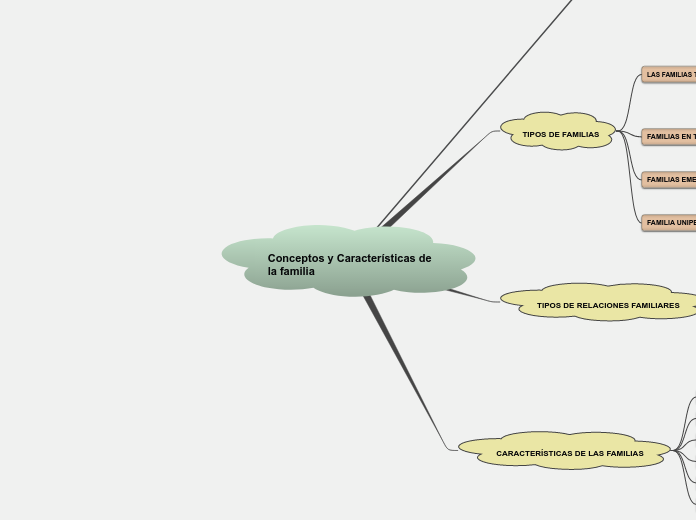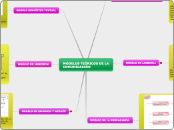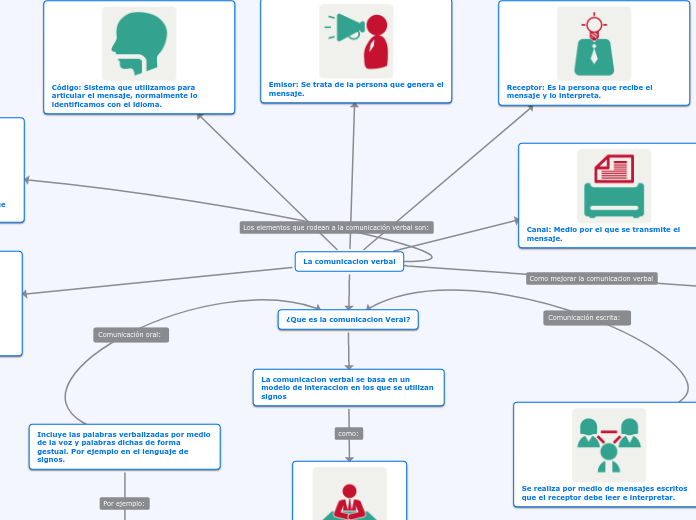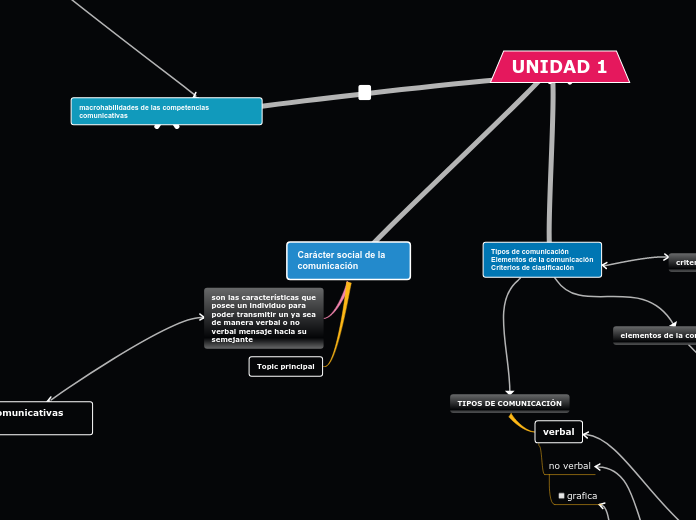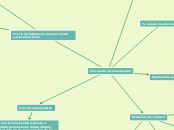CONCEPTO DE FAMILIA conjunto de individuos unidos consanguineamente, por objetivos,sentimientos y principalmente por un espacio físico compartido
DURKHEIM dice que la familia es la que brinda un modelo positivo a seguir, transmite valores"no debe ser disfuncional
MIGUEL SAUCEDA define a la familia como una unidad primaria de la sociedad y dentro de ella se desarrolla, entre sus miembros, funciones de comunicación y división de roles
Conceptos y Características de la familia
Type in the name of the novel and movie you are going to compare and contrast.
Example: Great Expectations.
CARACTERÍSTICAS DE LAS FAMILIAS
Restate your thesis while avoiding repetition.
resuelven sus problemas de forma apropiada
la fe es importante para la familia
expresan afecto físico y verbal
tienen una buena comunicación
invierten tiempo en ellos
Restate the differences between the book and the movie.
están enfocadas en la vida familiar
Restate the similarities between the novel and the movie, but try to avoid repetition (this will help if you write an essay afterward).
TIPOS DE RELACIONES FAMILIARES
Use point-by-point organization in the body section to present the characteristics briefly stated in the thesis.
This means that if you use this draft to write a compare and contrast paper, each characteristic will be introduced in a separate paragraph.
CAOTICAS
El liderazgo es ilimitado y/o ineficaz la disciplina es muy poco severa habiendo inconsistencias en las consecuencias
FLEXIBLES
El liderazgo es igualitario, permite cambios la disciplina es algo severa pero negociable
ESTRUCTURADAS
El liderazgo es autoritario, algunas veces igualitario la disciplina rara vez es severa
TOXICAS
se caracteriza por el desamor,alejamiento,carencia de atención afectiva en el entorno familiar
How is the novel different from the movie?
Type in the answer. Use 'like', 'same as' or 'similar' for comparison, and 'unlike', 'differ from' and 'although' for contrasting.
TIPOS DE FAMILIAS
The introduction provides background information for both the book and the movie.
FAMILIA UNIPERSONAL
Es una familia integrada por una persona que al vivir sola constituye su propia familia
FAMILIAS EMERGENTES
Create a thesis statement in which you briefly compare and contrast the book and the movie.
este grupo de familias representa el 7 % de los hogares y marcan tendencia
Characteristic
Which are the differences between the book and the movie?
Think of at least 3 differences. Type them in.
Examples regarding Great Expectations
- the movie plot leaves aside certain characters;
- the book is mostly narrated, while the movie story is told through dialogue;
- the movie has a different ending.
Familias que han crecido principalmente a partir de un nuevo milenio
las familias de padres solteros, las familias de padres del mismo o sexo,y familias reconstituidas
Which are the similarities between the book and the movie?
Type them in. Example: Great Expectations the book and the movie have very similar plots.
FAMILIAS EN TRANSICION
No incluye ninguna de las figuras tradicionales, falta el papa, la mama o hijos
Type in the name of the main character.
This has to be the same for both the book and the movie.
LAS FAMILIAS TRADICIONALES
las familias con niños,las familias con jóvenes y las extensas
familias extensas son en las que además de papá, mamá e hijos están los abuelos primos o tíos.
Is the action in the movie set in the same place?
Where is it set? Example: The action in Great Expectations (1946) by David Lean has the same setting as in the book.
entre las familias tradicionales se encuentran 3 tipos
Son aquellas en las cuales están presentes
el papa
y los hijos
la mama
In the book, where does the action take place?
Example: The action in Great Expectations the book takes place in 19th century England, London and Kent.
